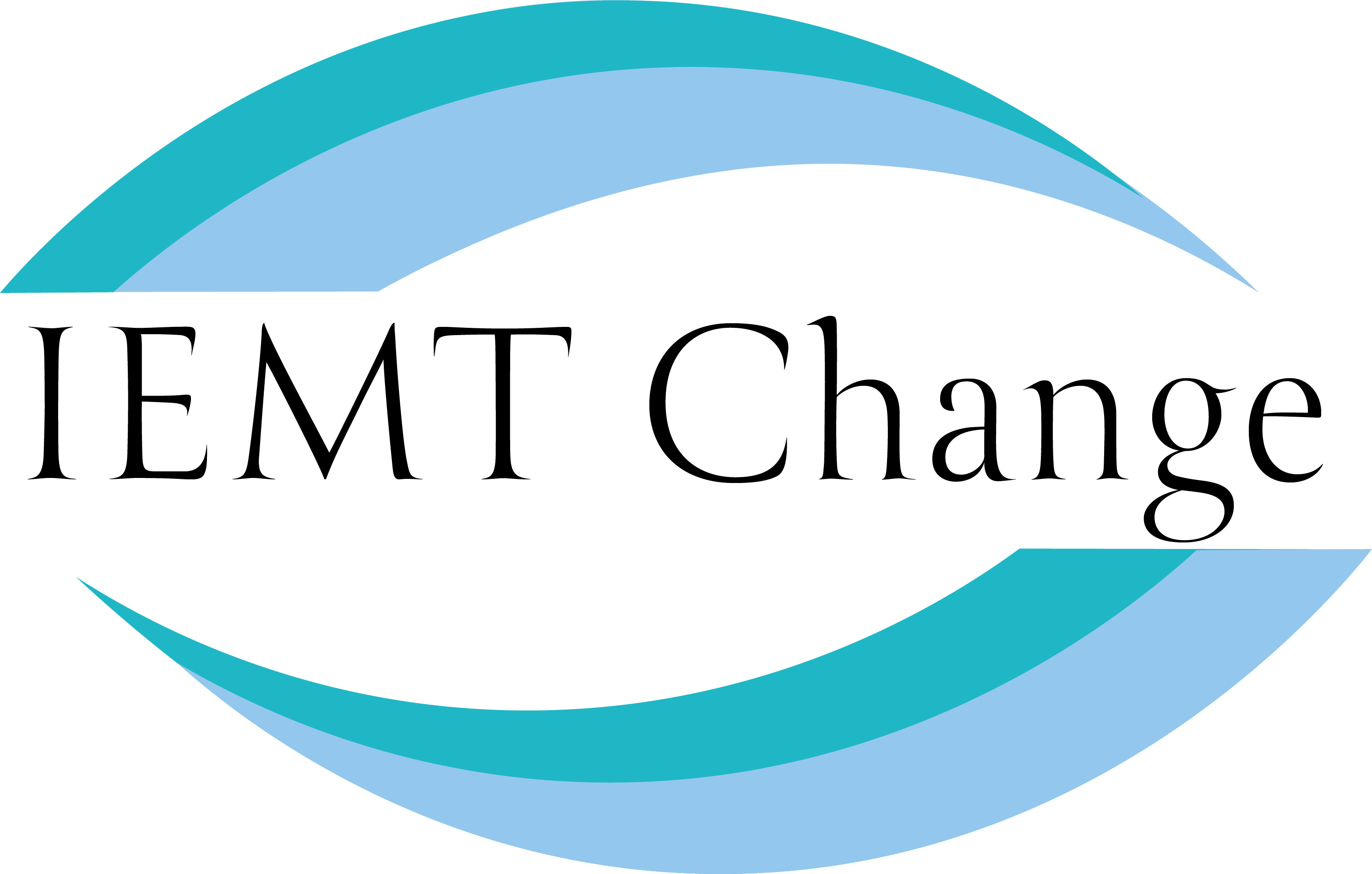Understanding Developmental Trauma and How IEMT Can Help
Developmental trauma is a term used to describe the psychological and emotional wounds caused by prolonged or repeated exposure to adverse experiences during childhood. Unlike single-event trauma, such as a car accident or a natural disaster, developmental trauma occurs over time and is often rooted in early relationships and the caregiving environment. It can shape how a person experiences the world, responds to stress, forms relationships, and even how they view themselves.
Although most often linked to early life, developmental trauma can also result from prolonged stress or harm experienced in adolescence or adulthood, such as ongoing bullying at school or years of domestic abuse in a relationship.
What is Developmental Trauma?
Developmental trauma typically arises from chronic neglect, emotional or physical abuse, exposure to domestic violence, inconsistent caregiving, or growing up in an environment where a child’s needs for safety, comfort, and emotional attunement weren’t met.
This form of trauma affects the developing brain and nervous system, often leading to:
- Heightened anxiety and hypervigilance
- Emotional dysregulation (struggling to manage intense emotions)
- Chronic shame, low self-worth, or a fragmented sense of identity
- Difficulties with trust and attachment in relationships
- Self-sabotaging behaviours or persistent negative thought patterns
What makes developmental trauma complex is that it becomes embedded in a person’s sense of self and how they experience the world. People may not always recall specific events, yet still live with the effects of early trauma.
How Can IEMT Help?
Integral Eye Movement Therapy (IEMT) offers a unique and effective way to address the emotional and neurological imprints of developmental trauma. Rather than focusing on talking through past events in detail, IEMT works with how problems are held in the mind and body.
1. Emotional Imprint Change
IEMT helps to reduce the emotional intensity linked to distressing memories or internal experiences. By guiding the client through specific eye movements while they focus on a troubling feeling or memory, the brain begins to reprocess the information in a less emotionally charged way. This allows for emotional resolution without needing to relive the trauma.
2. Working Without Needing a Narrative
Many people with developmental trauma don’t have clear memories of what happened—just a felt sense that something wasn’t right. IEMT doesn’t require a full story or detailed account. It works with emotional states and internal representations, making it accessible for those who may struggle to put their experiences into words.
3. Identity and Pattern Work
Developmental trauma often leaves people stuck in limiting identity statements such as “I’m not good enough” or “I’m always too much.” IEMT includes specific protocols to help shift these stuck identity imprints and habitual patterns of thought and behaviour. This can lead to significant changes in how someone sees themselves and relates to others.
4. Reducing Overwhelm
Because IEMT is a gentle and non-invasive method, it can be especially helpful for people who find traditional talk therapies overwhelming or re-traumatising. The process is controlled, contained, and often leads to a sense of calm and clarity, without needing to “dig” into painful memories.
Recovery Is Possible
Developmental trauma can leave deep marks, but change is absolutely possible. IEMT offers a practical, respectful, and powerful way to begin shifting long-held emotional responses and identity patterns. While no single approach works for everyone, many people find IEMT to be an empowering part of their recovery journey, helping them to feel more emotionally stable, connected, and in control.

